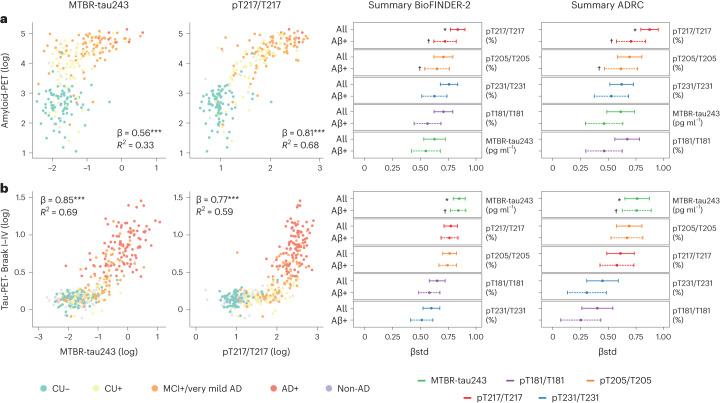Fig. 1. Associations between CSF biomarkers and amyloid-PET and tau-PET.
a,b, Associations between CSF biomarkers and amyloid-PET (a) and tau-PET (b). First two columns show scatter-plots of MTBR-tau243 (first column) and pT217/T217 (second column) and amyloid-PET (n = 268) or tau-PET (n = 443) in BioFINDER-2 participants, color-coded by diagnosis and amyloid status. Linear regression models, adjusting for age and sex, were used to obtain β, P values (asterisks) and R2 shown in the plots. Scatter-plots for all the biomarkers in both cohorts are shown in Extended Data Figs. 1 and 2. The third and fourth columns show standardized β (βstd) of the association between each CSF biomarker and amyloid- or tau-PET in BioFINDER-2 and Knight ADRC participants (n = 219; except for pT231/T231 in which n = 184 for all cases), respectively. Solid and dashed lines show standardized β (central dot) and 95% CI when all participants or only amyloid-positive participants (BioFINDER-2, amyloid-PET, n = 172, tau-PET, n = 287; Knight ADRC, n = 136; except for pT231/T231 in which n = 117) were included, respectively. Asterisks (crosses) show the highest or not significantly different standardized β in all (amyloid-positive only) participants, in each cohort and outcome based on bootstrapping. Thus, those biomarkers without asterisks or crosses have statistically weaker correlations. Aβ-positive participants were selected based on CSF Aβ42/40 previously validated cutoff values (CSF Aβ42/40 < 0.08 in BioFINDER-2 and CSF Aβ42/40 < 0.0673 in Knight ADRC). Association P values were derived from two-sided tests and bootstrapping P values were obtained from one-sided tests, all without adjustment for multiple comparisons. All P values from associations between CSF biomarkers and amyloid-PET and tau-PET were <0.001.

